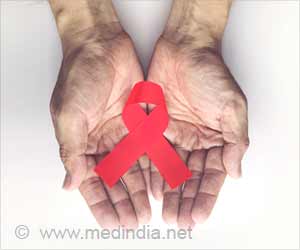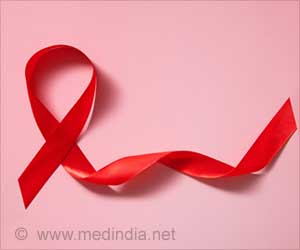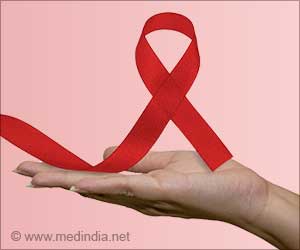A new study suggests that a type of fungus coating much of the stored corn, wheat, rice and nuts in developing countries may be quietly worsening the AIDS epidemic.

About 4.5 billion people worldwide are exposed to aflatoxin at unsafe levels, and chronic exposure has been linked to liver damage and related cancers; but its role in the spread of infectious disease could make it even more deadly.
"Our work suggests study that aflatoxin exposure may be taking an even greater toll in areas where millions are infected with HIV, including Africa and Asia, the latter with a fast-growing HIV population and rice storage areas contaminated by fungi," Pauline Jolly, Ph.D., professor in the Department of Epidemiology within the School of Public Health at the University of Alabama at Birmingham (UAB), said.
Strict regulation and monitoring minimize exposure in the United States.
Jolly and her colleagues recruited 314 HIV-positive people who were not yet on antiretroviral therapy for the study in Kumasi, Ghana.
They divided patients into four groups based on their level of aflatoxin exposure and found that those in the highest exposure group were 2.6 times more likely to have a high HIV viral load than those in the lowest exposure group.
Advertisement
The study is published in the World Mycotoxin Journal.
Advertisement














